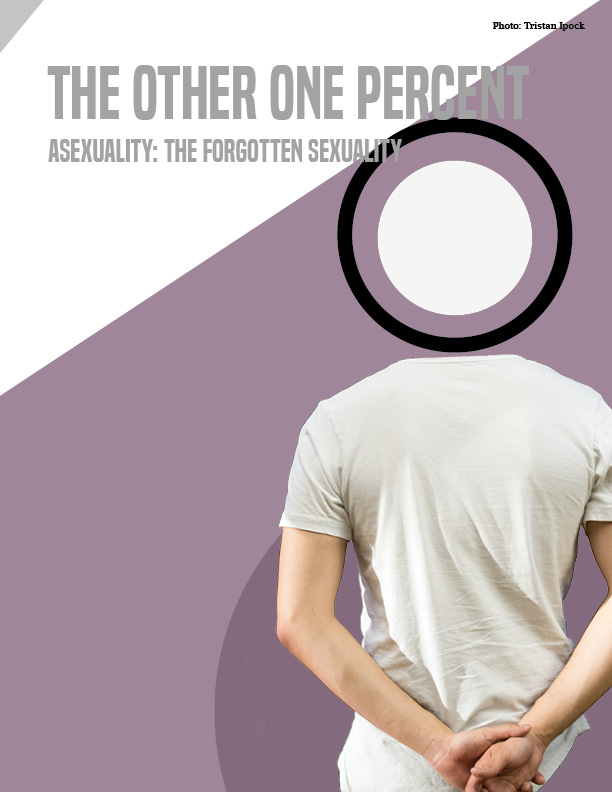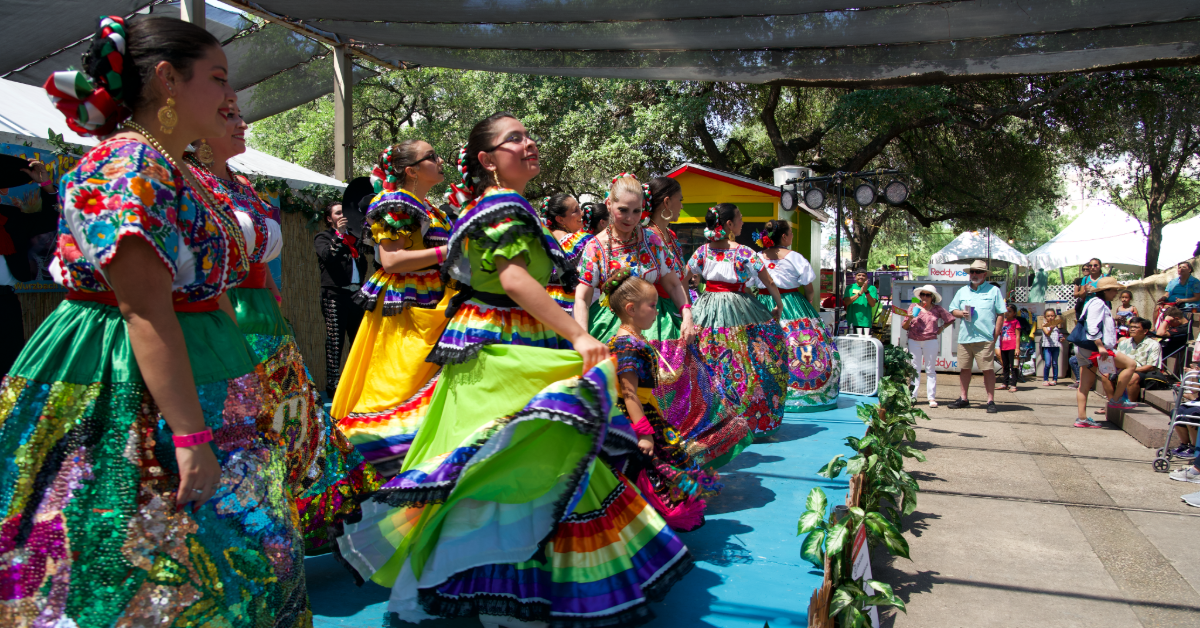It is estimated that 99 percent of the human population experiences sexual desire. The estimated remaining one percent is a marginalized identity that defies prevailing assumptions of humankind’s inherently sexual nature. This one percent of the human population is commonly referred to as asexual.
An asexual person is an individual who does not experience sexual attraction.
Asexuality is the lack of sexual attraction to anyone, or low or absent interest in or desire for sexual activity. It is considered to be a lack of sexual orientation or a variation of sexual orientation alongside heterosexuality, homosexuality and bisexuality. Asexuality can also be an umbrella term for a broader spectrum of various asexual sub-identities.
To document a sizable number of people who do not experience sexual attraction is to challenge the most fundamental assumptions of society—that sexuality is pervasive, a given, an essential part of what it is to be human.
In defining asexuality, it is important to clarify what asexuality is not.
First, asexuality is not the same as sexual dysfunction.
To be different is often labeled as dysfunctional. Psychiatrists, psychologists and people in general can be tempted to label this lack of sexual desire as an official disorder.
In an article for Psychology Today, Bella DePaulo, Ph.D., gives the example of sexual aversion disorder. In order for asexuality to count as a disorder, DePaulo places an importance of a sexual opportunity or experience resulting in significant distress.
“There is a problem in leaping from the fact of a lack of sexual desire to a label of a sexual disorder.” DePaulo states. It is crucial to consider how asexuality is experienced in an individual’s life.
Second, asexuality is not the same as celibacy. Celibacy is deliberate abstention from sexual activity; it is a choice, whereas asexuality is a sexual orientation.
There are many diverse ways of being asexual. Consider the following:
I have known I was asexual since adolescence, but it was only recently (in the past five years or so) that I realized there was a term for how I felt growing up.
While growing up, even in high school, it was difficult to come to terms with my asexuality. It was hard noticing I was asexual in the first place. As I went through puberty, there was never a moment when I started seeing people in a sexual matter. There was never a moment when I noticed a person’s physicality in relation to sexual attraction or desire.
Which is to say I never looked at a random person and suddenly wanted to have sex with him, her or them. I never had that moment. As a fully grown adult, I do not think I ever will.
Coming to terms with my asexuality was difficult. It was especially difficult whenever I started wondering if there was something wrong with me. As if everybody in the entire world was in on the same joke and they never bothered to fill me in.
When everybody I met seemed to have a boyfriend or girlfriend, when a friend would try to set me up on a date or when a family member asked me why I have never had a significant other, I would start to ask myself, ‘Who should I date? Who can I stand to date? Who could I stand to have sex with? Should I want to have sex—everybody seems to want to have sex. Am I really so abnormal that I can’t find anybody to date? Should I want to date anyone at all?’
This overcompensating and analyzing would make me ask myself: Who could stand to love someone like me? Would I ever be able to find someone who could love me for me?
In coming to terms with my asexuality, I learned what it meant to be alone. After high school, when I first began to educate myself on asexuality, I was afraid of needing or relying on anyone too much.
For my personal self-growth, I learned to stand on my own. There is a difference in being alone and being lonely. This is not to say there is a direct correlation between being asexual and being alone, but I do believe there is strength in standing on one’s own—in believing and loving one’s true self regardless of societal norms.
It is important to remember asexuality is a spectrum. Equally important to highlight is the distinction between sexual orientation and romantic orientation.
My asexuality does not mean I am not romantically inclined.
My asexuality does not correlate to a lack of romantic inclination. Similar to a romantically-inclined allosexual (someone who is not asexual), my ideal romantic relationship is the same as a ‘normal’ relationship but without an emphasis on sex. My partner would be my best friend and my companion—a partner in all areas of my life. We would have similar interests, morals and principles. I would be able to be my true self. My partner would love and accept all of me—including my asexuality. My sexual orientation is just another part of my identity; my ideal partner would be able to accept this as truth.
Asexuality and sexuality are fluid in orientation and identity. Everyone’s sexuality has unique qualities.
As DePaulo states, it is important to consider views of sex and sexuality and appreciate how our assumptions have changed over the course of history. In a contemporary Western society where sexual experiences are believed to be defining features of a good and healthy life, the involuntary celibate or the happily identifying asexual is likely to feel marginalized.
This is why awareness is so important. Acceptance of asexuality as a legitimate sexual orientation and field of scientific research is relatively new. A growing body of research from both sociological and psychological perspectives has begun to develop.
Various asexual online communities have formed through the Internet and social media. The most well-known of these online communities is the Asexual Visibility and Education Network (AVEN) founded in 2001 by David Jay. AVEN hosts the world’s largest online asexual community as well as a large archive of resources on asexuality. AVEN strives to create open and honest discussion about asexuality among sexual and asexual people alike.
Causation has little relevance to validity. My sexual orientation is valid because I believe it to be valid. Despite stigma, asexuality exists. Its existence is not erased by lack of awareness, acknowledgment or marginalization.






